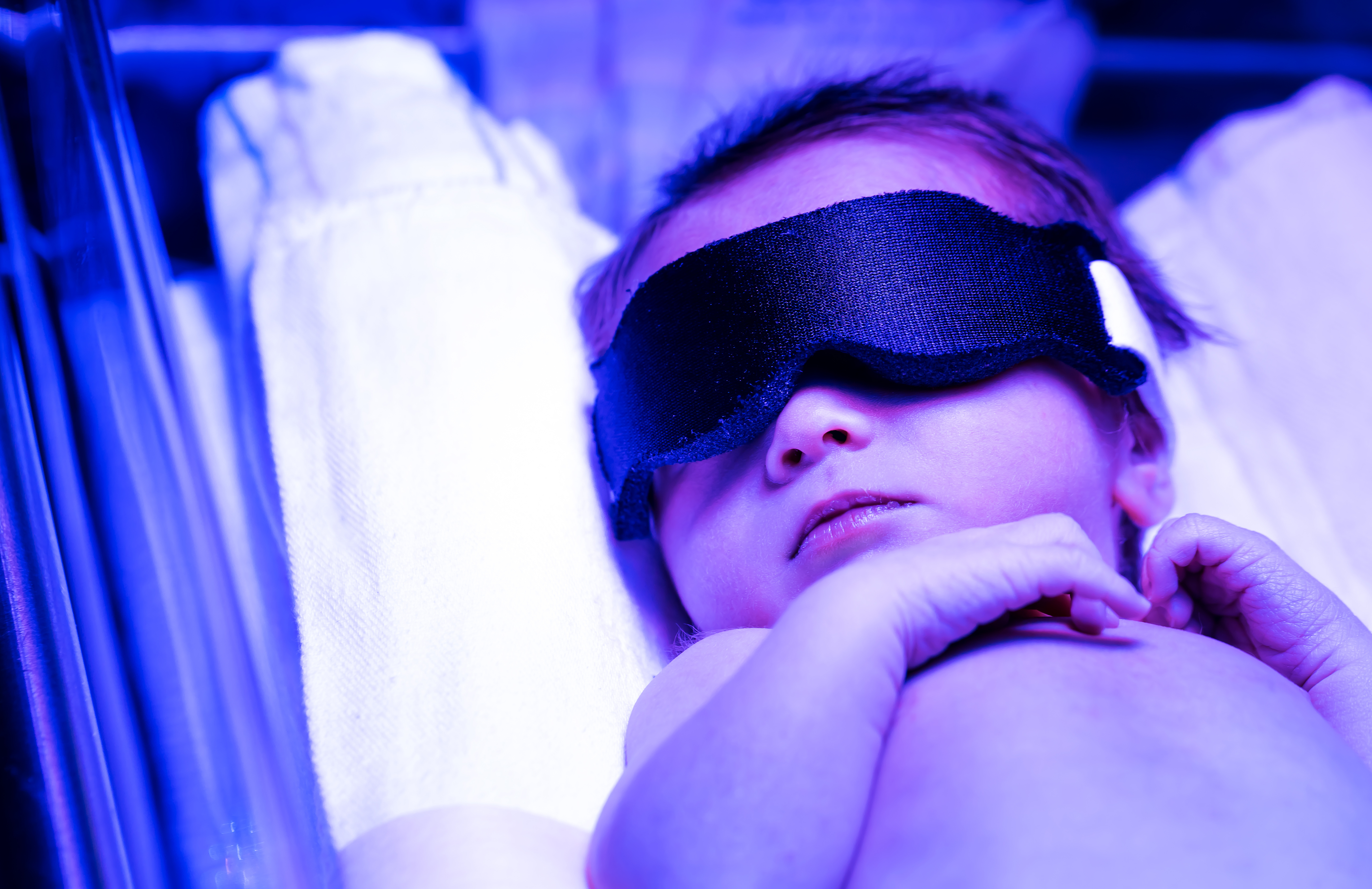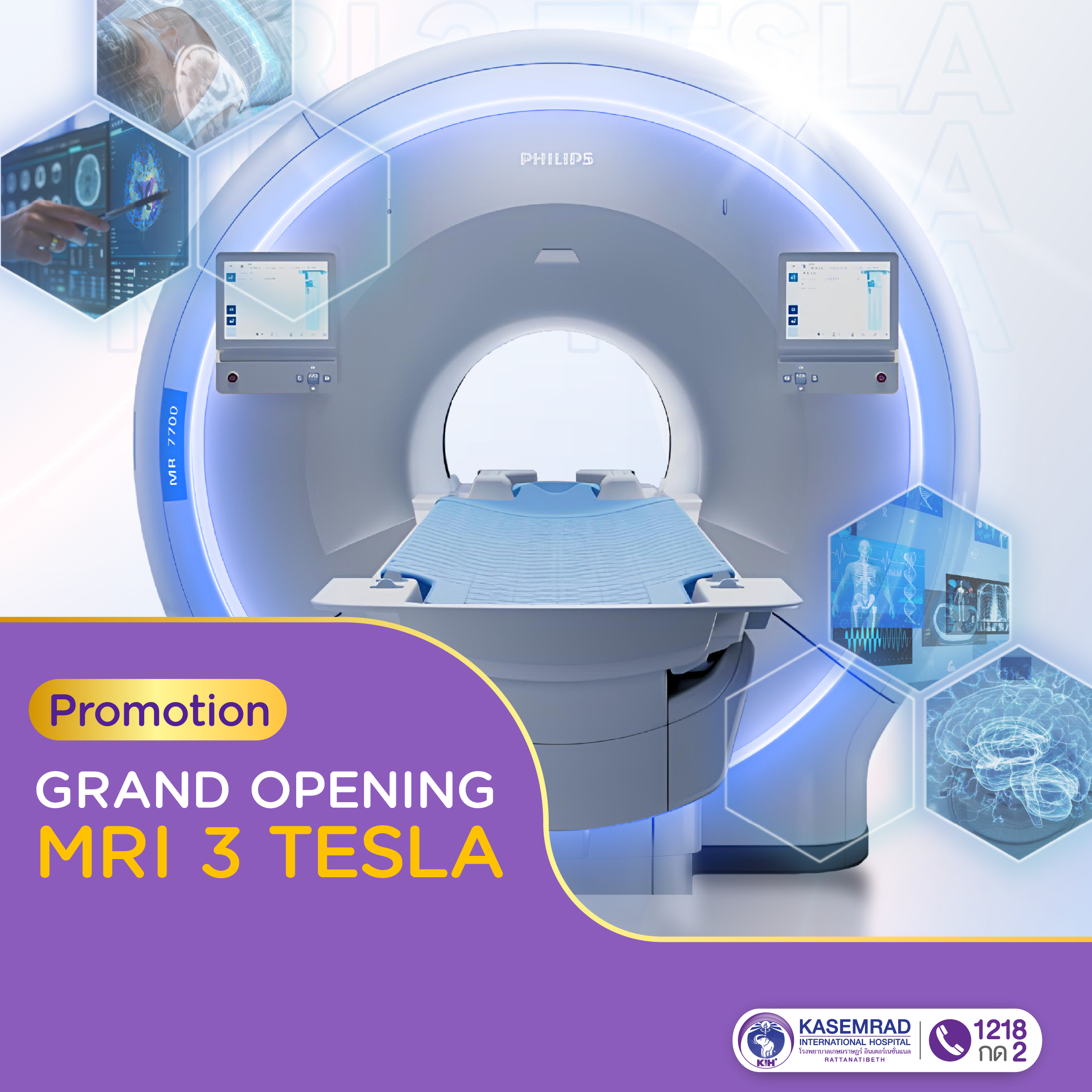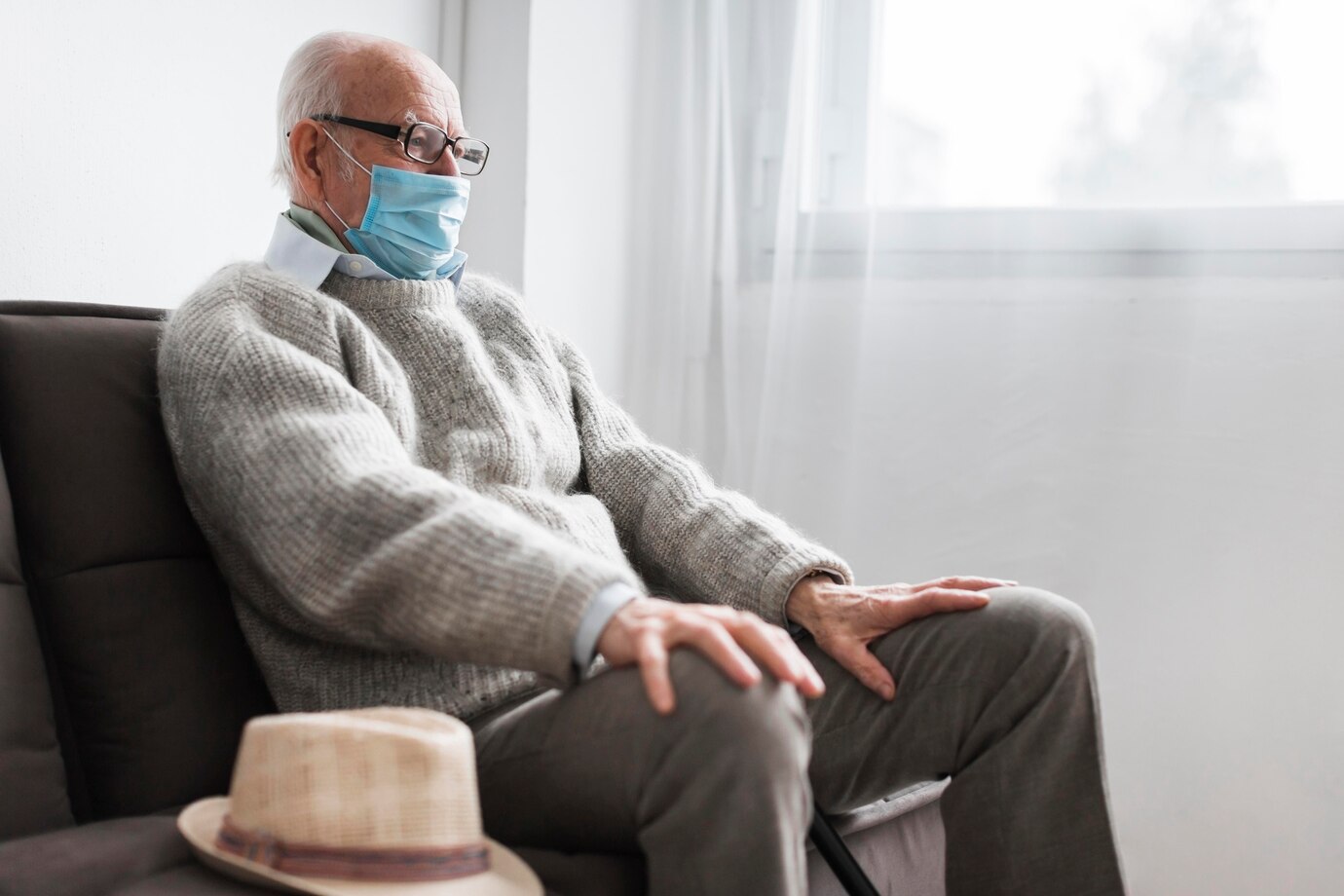Neonatal jaundice is a common condition in newborns, especially during the first 1–2 weeks of life. It is caused by a buildup of bilirubin in the bloodstream — a yellow pigment that is a byproduct of the breakdown of red blood cells. This condition typically results in a yellowish discoloration of the skin and the whites of the eyes.
What Causes Neonatal Jaundice?
There are two main types of neonatal jaundice based on the underlying cause:
1. Physiological Jaundice:
This is the most common type and occurs due to the immaturity of the liver in newborns, which makes it less efficient at processing and eliminating bilirubin from the body. It typically appears within the first few days after birth and resolves on its own as the baby’s liver matures.
2. Pathological Jaundice:
This type results from underlying medical conditions such as:
- Bloodstream infections (sepsis)
- Liver diseases
- Red blood cell disorders
- Blood group incompatibility between the mother and baby, such as:
-
- A mother with blood type O and a baby with a different blood type
- Rh incompatibility (e.g., Rh-negative mother and Rh-positive baby)
Signs of Jaundice in Newborns
- Yellowing of the Skin and Eyes: This often starts from the face and gradually spreads to the body, arms, and legs.
- In Severe Cases: If a baby with jaundice shows signs of poor feeding or abnormal crying, seek medical attention immediately.

Diagnosis of Jaundice in Newborns
- Physical Examination: The doctor will observe the skin and the whites of the baby’s eyes to check for yellowing.
- Blood Tests: A blood test will measure bilirubin levels to assess the severity of jaundice and help identify the underlying cause, such as G6PD deficiency or blood group incompatibility.
Treatment for Jaundice
If jaundice is observed in a newborn, it is important to seek medical care promptly. While the treatment is generally straightforward, improper care or delayed treatment may cause dangerously high bilirubin levels, which can be harmful to the brain.
- Frequent Feeding: Encouraging the baby to nurse more often helps stimulate the elimination of bilirubin through stool.
- Phototherapy: Special light therapy is used to help reduce bilirubin levels in the blood by promoting its elimination via urine and stool.
- Exchange Transfusion: In severe cases, an exchange transfusion may be required to rapidly reduce bilirubin levels.
Treatment and interventions should always be done under the guidance of a physician.

Potential Complications
If untreated, high bilirubin levels can affect the baby’s brain and nervous system, leading to a condition called Kernicterus. This is a severe condition that can result in developmental problems or even death.
Prevention of Jaundice in Newborns
- Screening for Jaundice Before Discharge: Newborns should be screened for jaundice before leaving the hospital.
- Adequate Feeding: Ensure that the baby receives enough breast milk or formula, as either is effective in preventing jaundice.
- Prenatal Care: The health of the mother during pregnancy can help prevent conditions that may affect the newborn.
Jaundice in newborns is common and typically not serious if diagnosed and treated properly. However, without appropriate care, complications can arise. It is essential to consult a doctor for diagnosis and guidance.

























